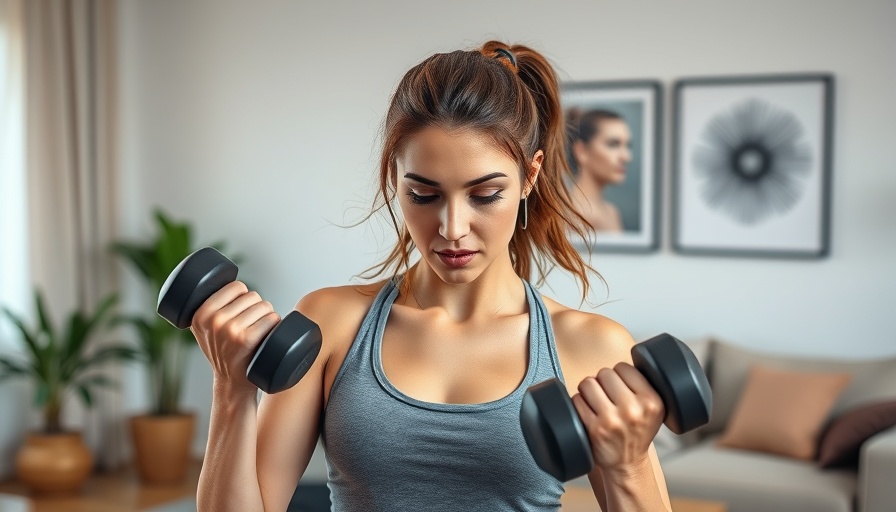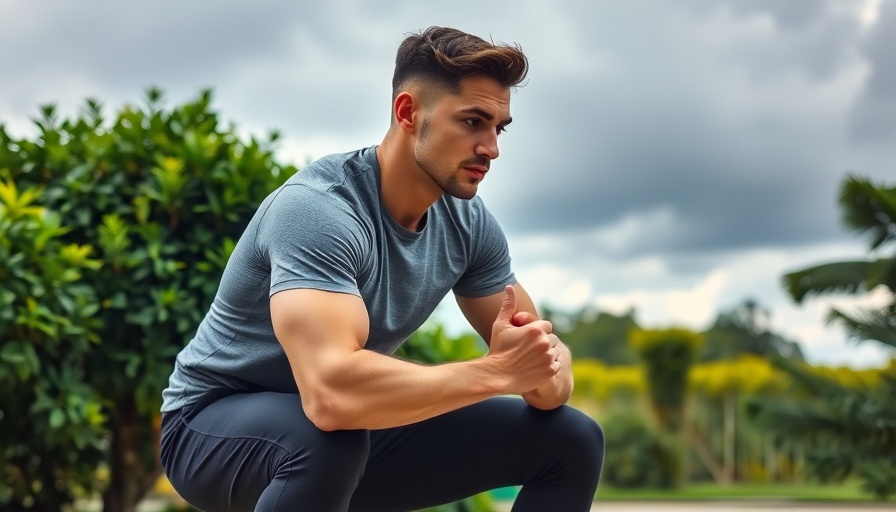
Stay Young: The Daily Exercises Every Man Should Know
Aging doesn’t have to slow you down. In fact, with a consistent exercise routine, you can maintain not only your strength and flexibility but also your vitality as you age. Many men notice new aches as they hit their 40s, but certain simple exercises can help keep those feelings at bay, keeping your body functioning well and helping you feel youthful for longer.
Essential Movements for Vitality
To reap the benefits of regular movement, focus on exercises that enhance mobility and keep your muscles working efficiently together. Functional exercises improve coordination and strength, which play a crucial role in daily tasks, from lifting groceries to playing with your kids. Incorporating these movements into your routine can significantly change how you feel in your body, enhancing your overall experience of daily life.
The Daily Routine: Quick and Effective
This easy-to-follow sequence requires no equipment and takes only a few minutes—perfect for fitting into any busy schedule. Here are the foundational exercises you should consider:
- World’s Greatest Stretch – 3 reps per side
- Bodyweight Squats – 15 reps
- Glute Bridges – 15 reps
- Dead Hangs – 30 seconds
- Plank with Shoulder Taps – 20 taps (10 per side)
Perform these movements back-to-back for maximum effectiveness, without resting in between.
The Importance of Stretching
Let’s kick things off with the World’s Greatest Stretch. This stretch is more than just a warmup; it targets tight areas like the hips and shoulders that can become stiff from daily sitting or inactivity. This full-body movement not only enhances flexibility but also prepares your body for any physical activity. Regularly incorporating this dynamic stretch can significantly alleviate discomfort and help correct posture.
Strength From the Ground Up
The next step is integrating Bodyweight Squats. Squats are essential for maintaining lower body strength, a critical component as you age. Strong leg muscles support your overall stability, helping to prevent injuries and maintain a dynamic lifestyle. Aim for 15 reps, ensuring you keep your back straight and go as low as comfortable.
Bridge to Better Core Strength
Glute Bridges are another crucial part of the routine. These activate your glutes and lower back, promoting agility. A strong posterior chain helps maintain mobility and prevent injuries as well, ensuring your transition into later years is as active as your earlier ones.
Incorporating Dead Hangs for Grip Strength
Hanging exercises like Dead Hangs are key for improving grip strength and shoulder health. Simple to perform and incredibly effective, just hang from a sturdy bar for 30 seconds to open up your shoulders, engage your core, and relieve tension built up in your back.
Core Engagement Through Plank Variations
Finally, condense everything with the Plank with Shoulder Taps. This movement not only hones core strength but also improves balance. Alternate tapping each shoulder while maintaining a firm plank position for twenty taps. You’ll engage critical stabilizer muscles that often don’t get enough attention.
Why Consistency is Key
These simple yet effective exercises can be life-changing in the quest for staying healthy and feeling youthful. By incorporating this short routine into your daily habits, you enhance your overall movement quality while reducing the possibility of injury or stiffness. Remember, the journey of fitness is a marathon, not a sprint; consistency paired with these functional movements can lead to a stronger, more capable you.
Take the First Step to a Younger You
To really feel the benefits of these exercises, commit to practicing them daily. Not only will you experience better physical health, but you’ll also amplify your mood and overall well-being! So, what are you waiting for? Transform your daily routine and keep your body young.
 Add Row
Add Row  Add
Add 







Write A Comment